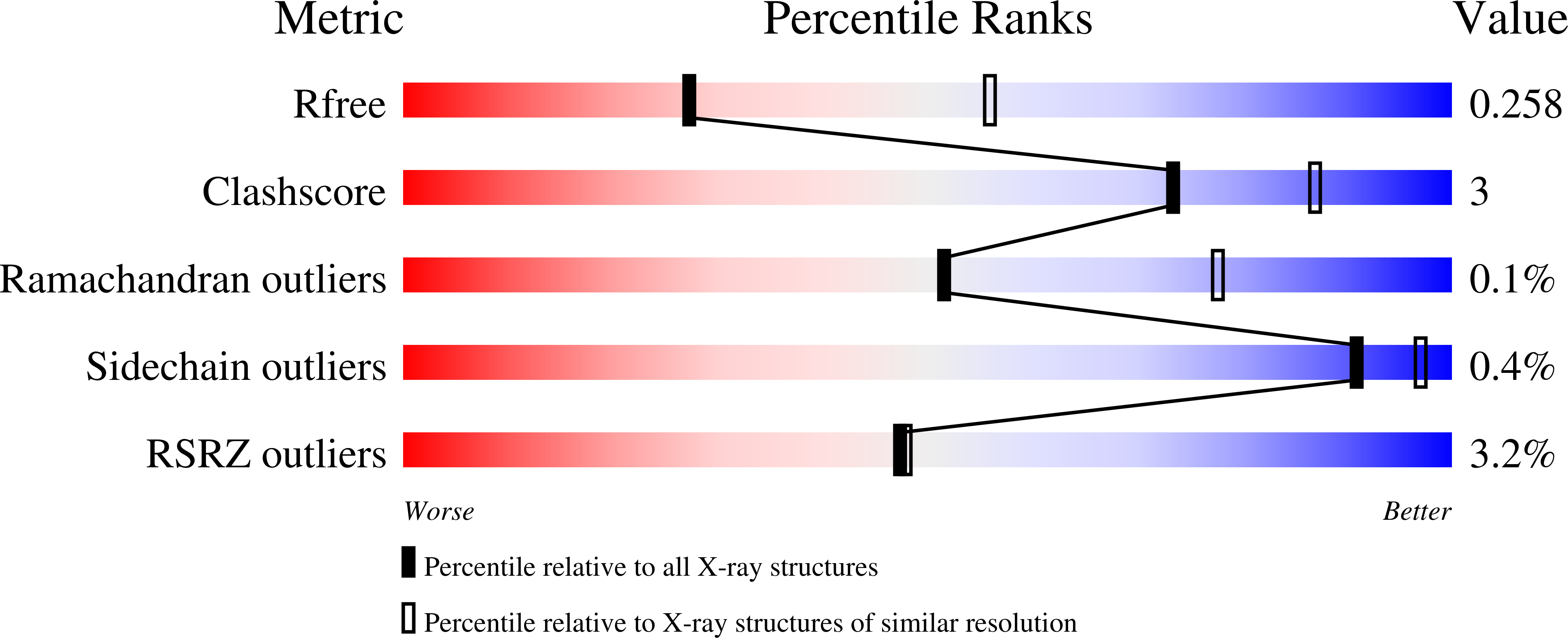
Deposition Date
2023-03-16
Release Date
2023-12-06
Last Version Date
2023-12-13
Entry Detail
PDB ID:
8GJP
Keywords:
Title:
A1 Int graft: Adenylation domain 1 core construct from teicoplanin biosynthesis, intermediate selection pocket graft
Biological Source:
Source Organism:
Actinoplanes teichomyceticus (Taxon ID: 1867)
Host Organism:
Method Details:
Experimental Method:
Resolution:
2.70 Å
R-Value Free:
0.25
R-Value Work:
0.22
R-Value Observed:
0.22
Space Group:
P 2 21 21


